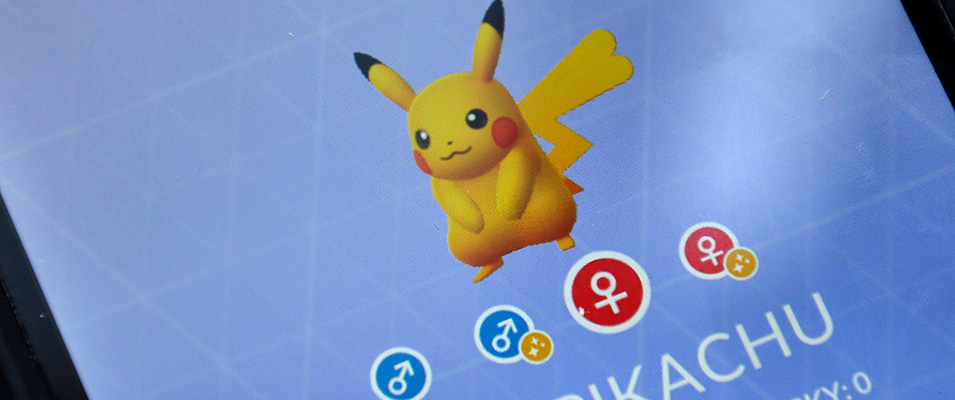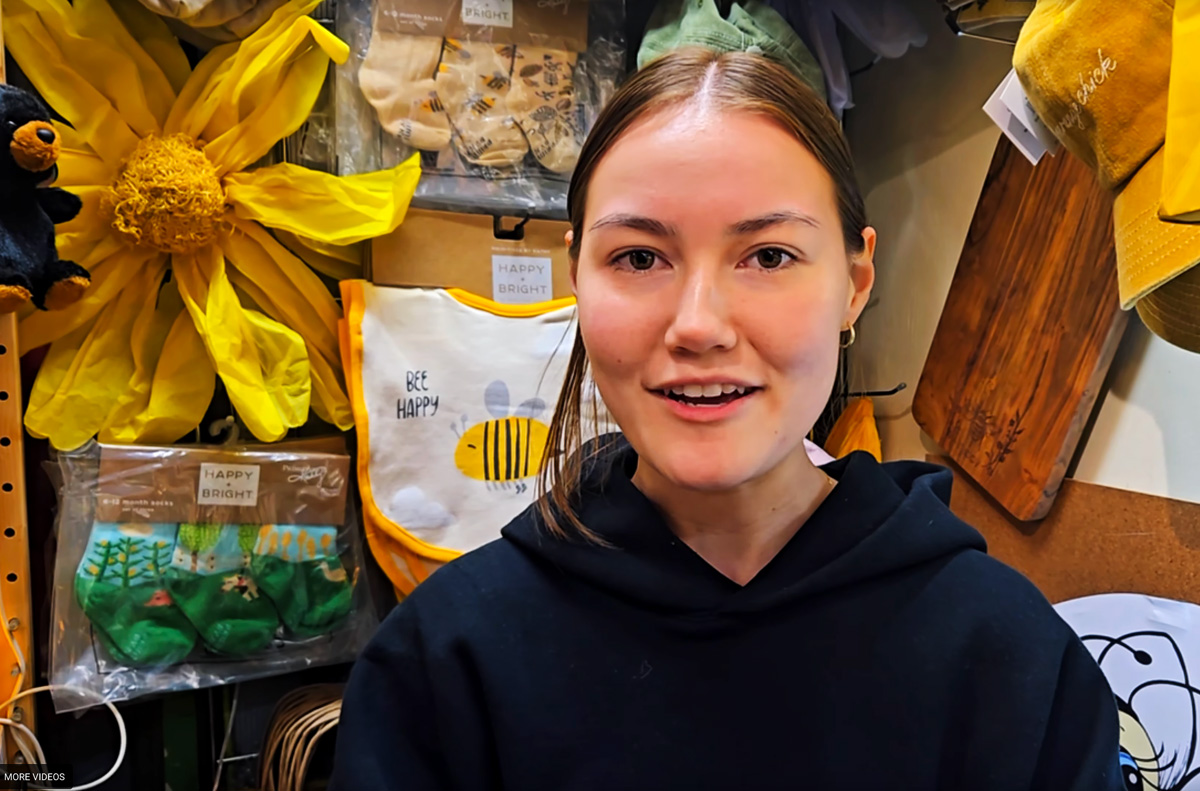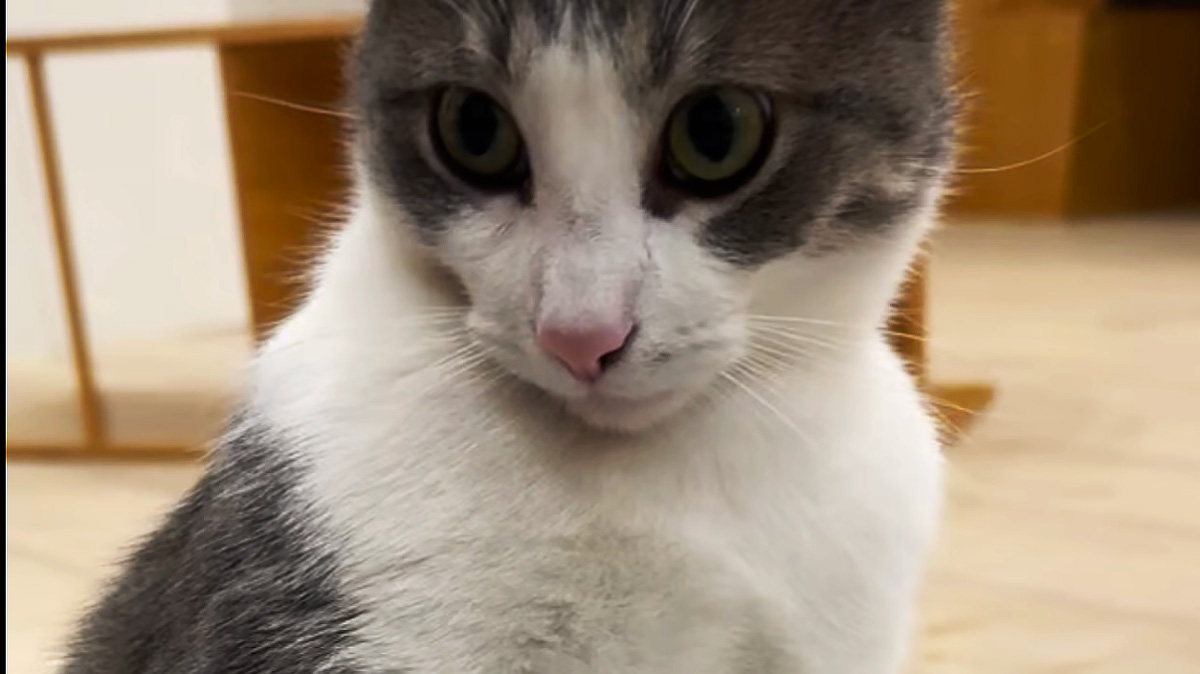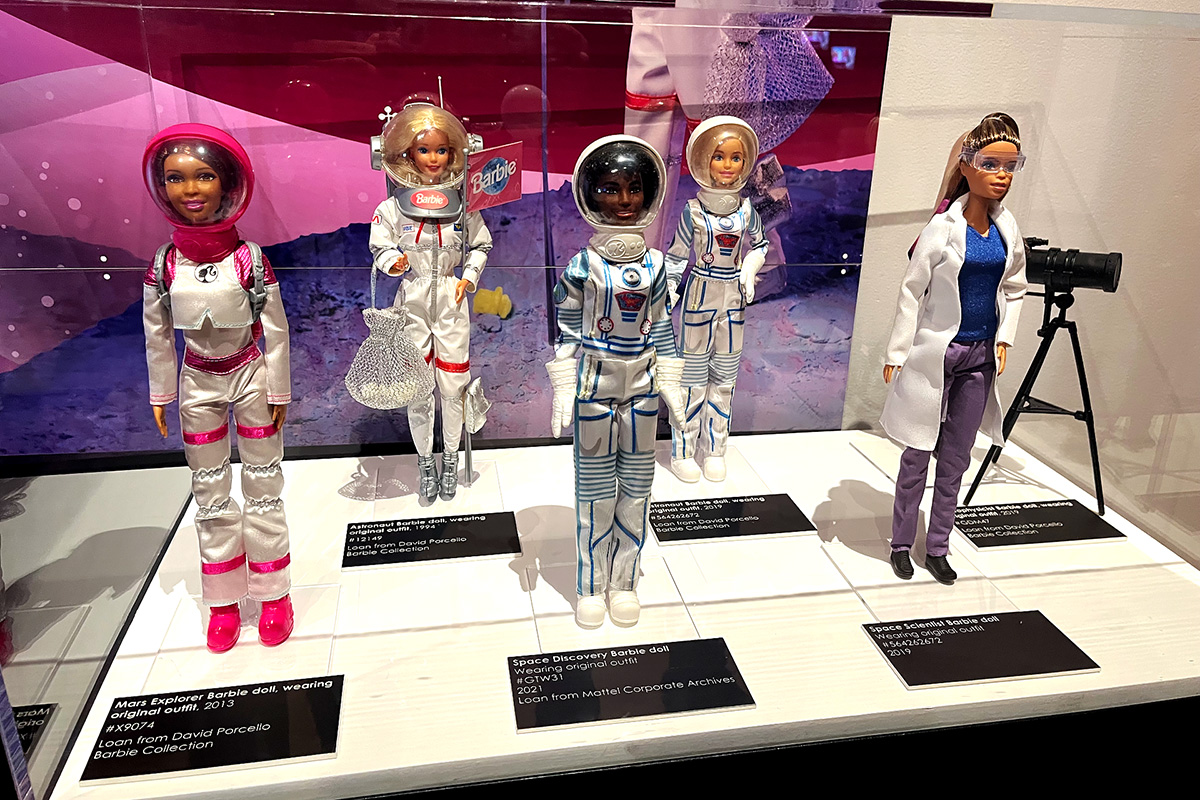By Tiffany Vargas
Over a hundred fans gathered in Bryant Park to play Pokémon GO during April’s Community Day event. They roamed the park, tapping and swiping away at their phones, as they tried to catch the Pokémon that appear as they walk in game. There were expressions of excitement, surprise and sometimes disappointment as they did their best to emulate a real-life Pokémon trainer.
Since the first release of the Pokémon franchise in February 1997, millions of fans world-wide wanted to know what it was like to become a Pokémon trainer, someone who catches, trains and evolves different Pokémon. They finally got that chance in July 2016 when the developers at the Pokémon Company and Niantic released the Pokémon GO app.
The augmented reality app allows Pokémon trainers to walk around anywhere in the real world and catch Pokémon in the game as they pop up. According to Business of Apps, during the first year it launched, it had over 20 million daily users and over 100 million downloads from the Google Play Market alone.
Players pick a team, Valor, Instinct or Mystic. Team Valor values strength in Pokémon, Team Instinct values intuition and Team Mystic values wisdom. People level up by catching and evolving Pokémon along with battling in gyms, established structures in the game where people on the same team deposit their Pokémon and people from other teams can battle them to earn medals and take over the gym.
Player Delia Cruz, 20, a student at Stony Brook University, has been playing the app since its launch but has been a fan of the franchise since she was a young child. “Growing up, I enjoyed playing all the Pokémon games, and so finding out that it would soon be available as a phone app was something to look forward to that made me feel nostalgic,” she said. “I’d had a lot of fun with the franchise in the past and essentially grew up with it, so I figured the app would be fun to try as well.”
Some of the fun parts of playing Pokémon GO are the in-game events that Niantic plans where it picks a theme or event, such as the Lunar New Year, and have certain Pokémon spawn more than others in game. One of the more popular events is called Community Day. It occurs every month for one day and it invites players to catch a special shiny version of Pokémon with a different color palette than normal during a three-hour window of time. Shiny Pokémon are usually very hard to encounter with about a 1 in 450 encounter rate, according to The Silph Road. This means you have to click on every Pokémon that appears in hopes that it’s the one that sparkles, indicating it’s a shiny.
Cruz takes part in most events. When she’s not away at college, she heads down to Manhattan. “I think any event that offers a chance at a shiny is my favorite part, even if it’s also simultaneously the most frustrating because shiny are rare,” she said. “Even if they’re out there, there’s no guarantee you can get one, so it can be very time consuming.”
A very popular spot for players to gather is at Bryant Park. There are usually over 100 trainers playing during Community Day. They’re often easy to spot, wearing backpacks, Pokémon merchandise, and hooked to portable chargers as they walk around the park glued to their phones. The most common way to play is on a smart phone but some also play on tablets with a hot spot connection or Wi-Fi. Others wield two smart phones to simultaneously play on separate accounts.
From Facebook groups to Twitter hashtags, the community has many different outlets on social media. Cruz has joined a couple of Pokémon GO group chats specifically for her campus. “Whenever there’s a new update or a new feature, players around the world immediately start using it and then report back to others, providing helpful information and letting people know via online threads and forums if there are any problems,” she said. “If there’s an answer, there’s always a player who’s found it and who’s willing to share what they learned.”
Players can able to earn in-game currency, known as Pokécoins, by placing their Pokémon in gyms, similar to the game where you battle others and gain money if you win. They can also spend real life money in the app’s shop to get Pokécoins to buy things such as Pokéballs to catch Pokémon with and potions to heal them after gym battles. For $0.99, players get 100 coins and $99.99 buys 14,500 Pokécoins. Sonek Phean, 30, a member of Team Instinct, has spent over $100 on the game. “The only reason I would input any type of money is because I’m a Pokémon Fan and someone’s that has been into it for the longest. Otherwise, I would not,” she said.
The app has expanded over the years to allow players to trade with friends, taking pictures of Pokémon, and complete their Pokédex of 410 unique Pokémon, as of April 2019. While Luna Harp, 27, a community member of The Silph Road, enjoys the new features, there are still a lot of issues within the game, like getting abruptly kicked out of a gym or the camera feature not working. “It’s the annoying thing about Niantic,” she said. “They’ll keep adding these new things and they’ll be cool but it’s like they’ve got things to work on, too, and they seem to be ignoring that.”
Angel Martinez, 31, is a fan of the new friend feature as it allows players to come together to trade and battle. However, since its release last year, there still is no way in the app to contact the other player to meet up. “Something that could be improved, if you have best friends or ultra-friends, is you could message them, even if it’s 120 characters, to tell them ‘Let’s meet up at this place’,” he said.
Maintaining the novelty and variety is important for player loyalty. Many fans say they will likely play for years to come. “So long as they continue adding new things, I can’t really see myself getting bored,” Cruz said. “The app is fun and interactive, and it gives me a chance to relive my childhood in a small way, which is why I enjoy it so much.”














No comments